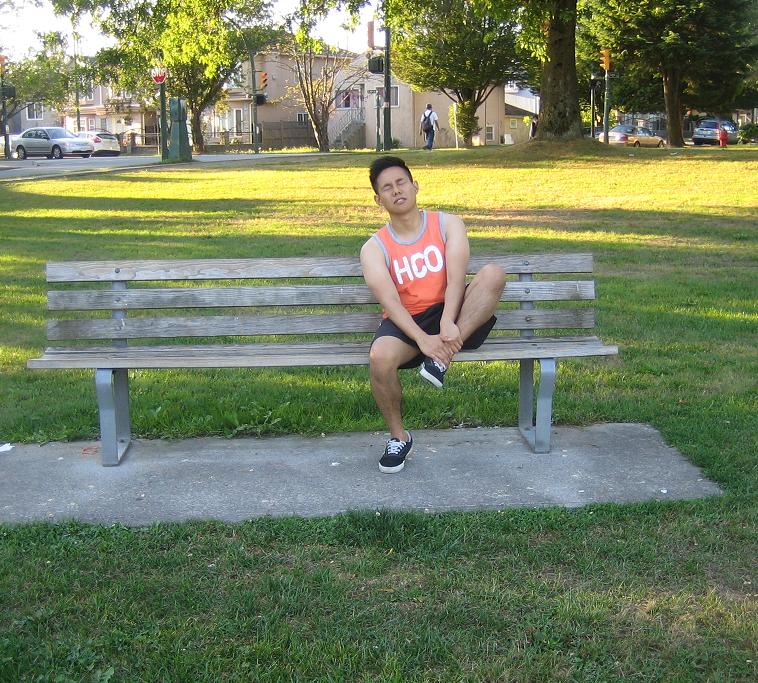Plantar fasciitis can trigger heel intense heel pain upon walking up in the morning after playing soccer. The plantar fascia is a dense band of tissue that connects the heel bone to the toes. Take note that the inflammation can trigger a stab-like pain that is also present after extended periods of standing or getting up from a seated position.
Always bear in mind that the plantar fascia which is responsible for supporting the foot arch can sustain small-sized tears from overuse. This is usually due to excessive running or playing soccer.
Cause of plantar fasciitis
Since soccer involves stop and start movements, it can lead to the development of chronic repetitive stress that results to chronic irritation of the plantar fascia.
Plantar fasciitis is quite common among female athletes and adults. Those who overly pronate or simply walking or running on the exterior of the feet can increase the torsion and the risk for inflammation of the plantar fascia. If the individual runs on soft surfaces such as damp turf or fields, it can even increase this pronation more.

Management and prevention
Always bear in mind that turf shoes can be practical instead of cleats especially during practice to avoid plantar fasciitis. Cleats do not often provide enough arch support and do not have sufficient shock-absorbing qualities for the heel.
The turf shoes usually feature small-sized nubs of hard rubber instead of the plastic cleats. These provide a higher degree of cushioning while on the field especially if the pitch has a hard surface.
Extended training sessions and continuous games can trigger on plantar fasciitis. Conservative management usually includes application of ice, non-steroidal anti-inflammatory drugs (NSAIDs), massage and stretching. The use of night splints with straps that are connected to a boot-like base can keep the plantar fascia stretched during the night even if it is bulky.
The doctor might recommend taping and padding on the affected foot as well as providing orthotic supports. The corticosteroid injections can help manage the pain and swelling if rest could not provide any improvement. If an X-ray reveals a heel spur, it is the outcome of heel inflammation.
Once an individual is suspected with plantar fasciitis, it is best to consult a doctor so that proper assessment can be carried out as well as start the suitable treatment. This is essential especially for competitive athletes who need to continue playing the sport.

